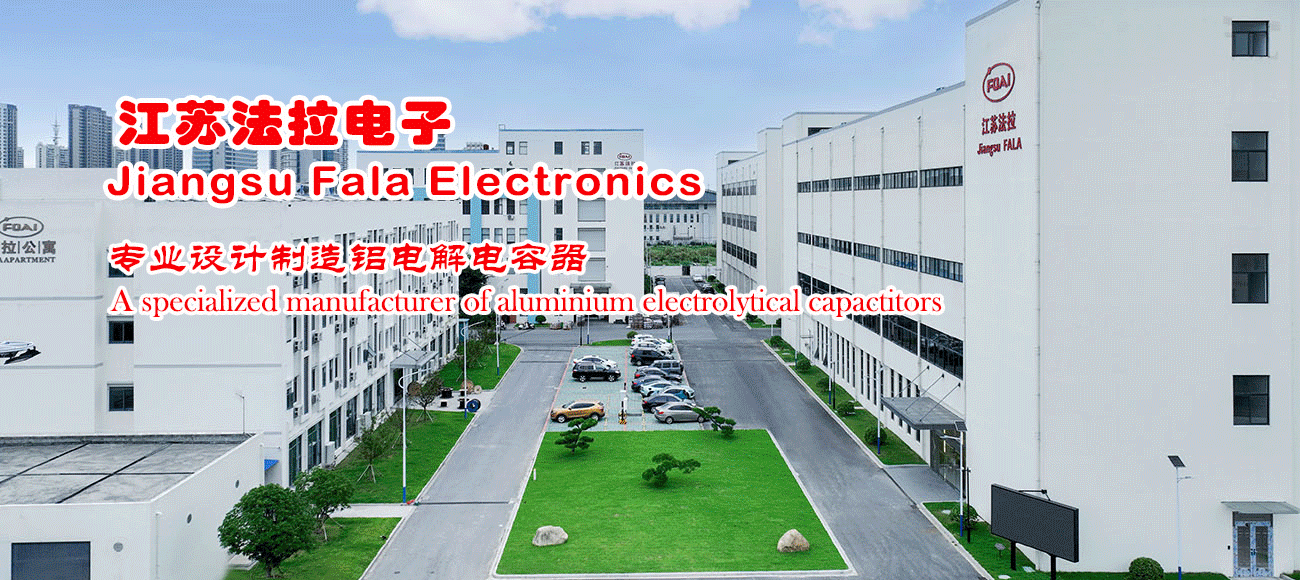7.Instantaneous charge and discharge
Instantaneous charging and discharging may cause leakage current of solid capacitor larger or even short defect:
1)Therefore, it is necessary to design a protective circuit in the following situations Impact current greater
than 10A.
2)Impact current greater than 10 times allowable max ripple current value.
In addition, when testing the product leakage current, set a 1KΩ protection resistor.
8.Prohibited circuits
Due to welding heat and mechanical stress during transportation, the leakage current of capacitor may increase. Please prohibit the following circuit designs.
1)High current and voltage holding circuit.
2)Coupling circuit.
3)Time constant circuit.
9.Circuit design
1)As electrical characteristics of capacitor change following the temperature and frequency changing, Please confirm this change before designing.
2)When connecting more than 2 capacitors in parallel, consider the current balance of them in the circuit design.
3)When two or more capacitors are connected in series, it is possible that capacitor overloads the voltage due
to differences in the loading voltage. Please consult us when using it.
4)Do not install heating parts around the capacitor or on the back of the printed wiring panel.
10.PCB design
Do not install solid capacitors around or on the heat source assemblies.
The diameter and spacing of mounting holes on PCB should match the diameter and pitch of capacitor lead.
11.Parallel circuit
When a solid capacitor is connected in parallel with another capacitor (liquid), because the solid capacitor has very low ESR, a large ripple current may be applied to it. In this case, please carefully select the solid capacitor.
12.Insulation
The insulating coating outside the aluminum can of solid capacitor is not absolutely insulated. In addition, the aluminum can and negative lead are not insulated. When installing, please ensure that the aluminum can. positive and negative leads and PCB printing drawings are completely separated.
13.Restrictions on the working environment
1)Where water, salt water, oil can be dropped directly, and circuit boards that are prone to contraction, use is prohibited.
2)When harmful gases(H2S, sulfuric acid, nitric acid, ammonia, hydrochloric acid, etc.) are concentrated, use is prohibited.
3)Where ultraviolet, radioactive, ozone, etc. are radiated, use is prohibited.
14.Common failure mode
1)Accidental failure
Mainly caused by short defect of circuit, when current in the short circuit exceeds 1A, inner temperature of
capacitor will increase, and the internal pressure will increase, the sealing rubber will be raised or even opened,
then the capacitor will release harmful gas. At this point, it need to disconnect the circuit immediately and leave
this situation. In addition, overvoltage usage, ultra-high temperature usage, and excess rated ripple current usage,
will all lead to early failure or even short defect of the product.
2)Life failure
After a long period of useing, the characteristics of solid capacitor will decay, such as capacity drop, ESR rise,
etc.. When the service time exceeds the rated life, the characteristics of capacitor will deteriorate, which may lead
to the formation of an open circuit for electrolyte insulation.



